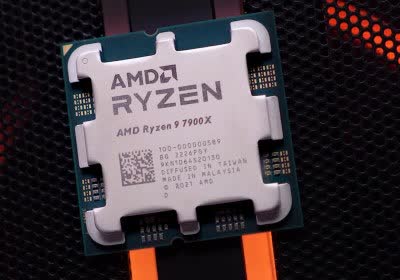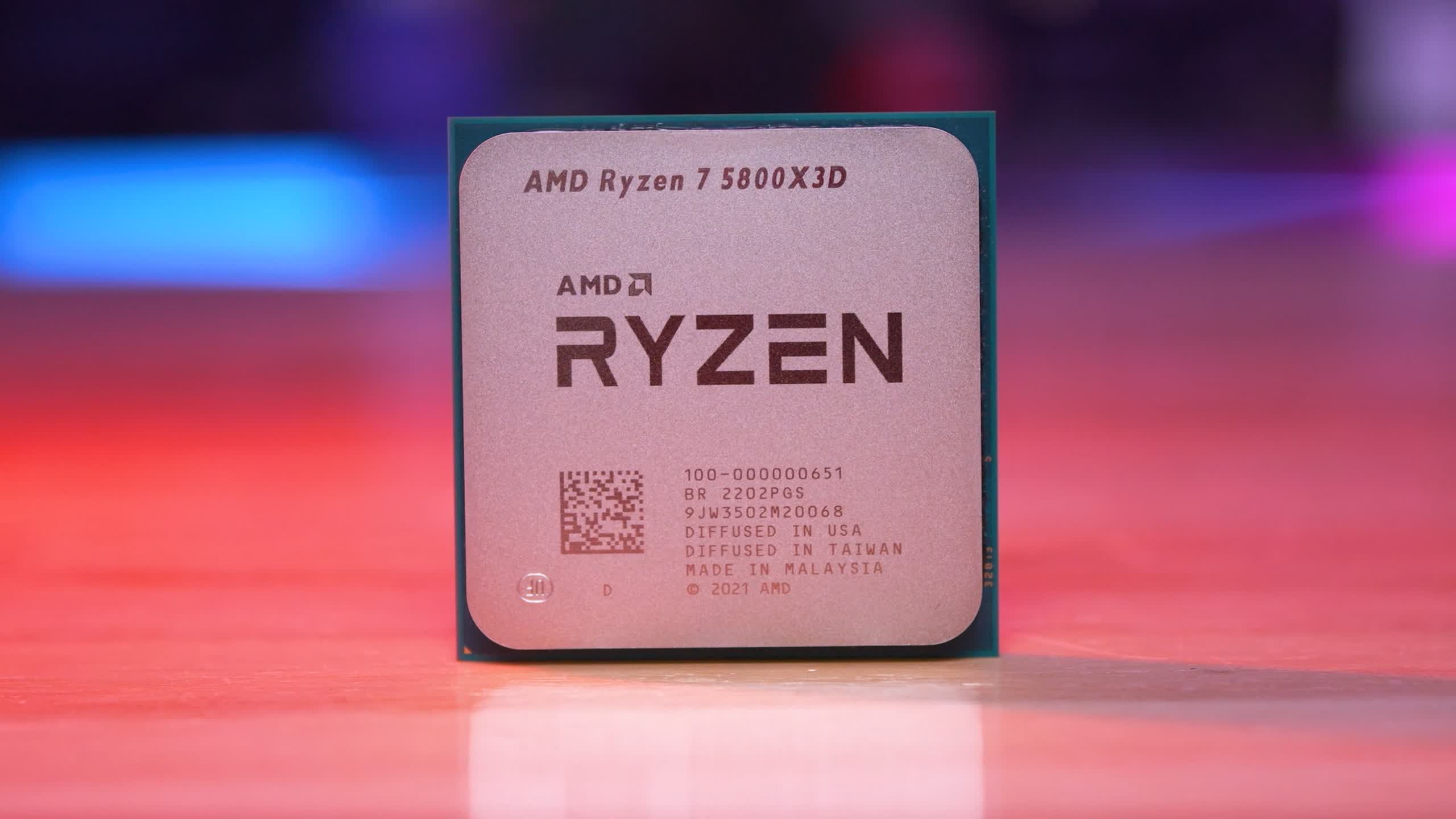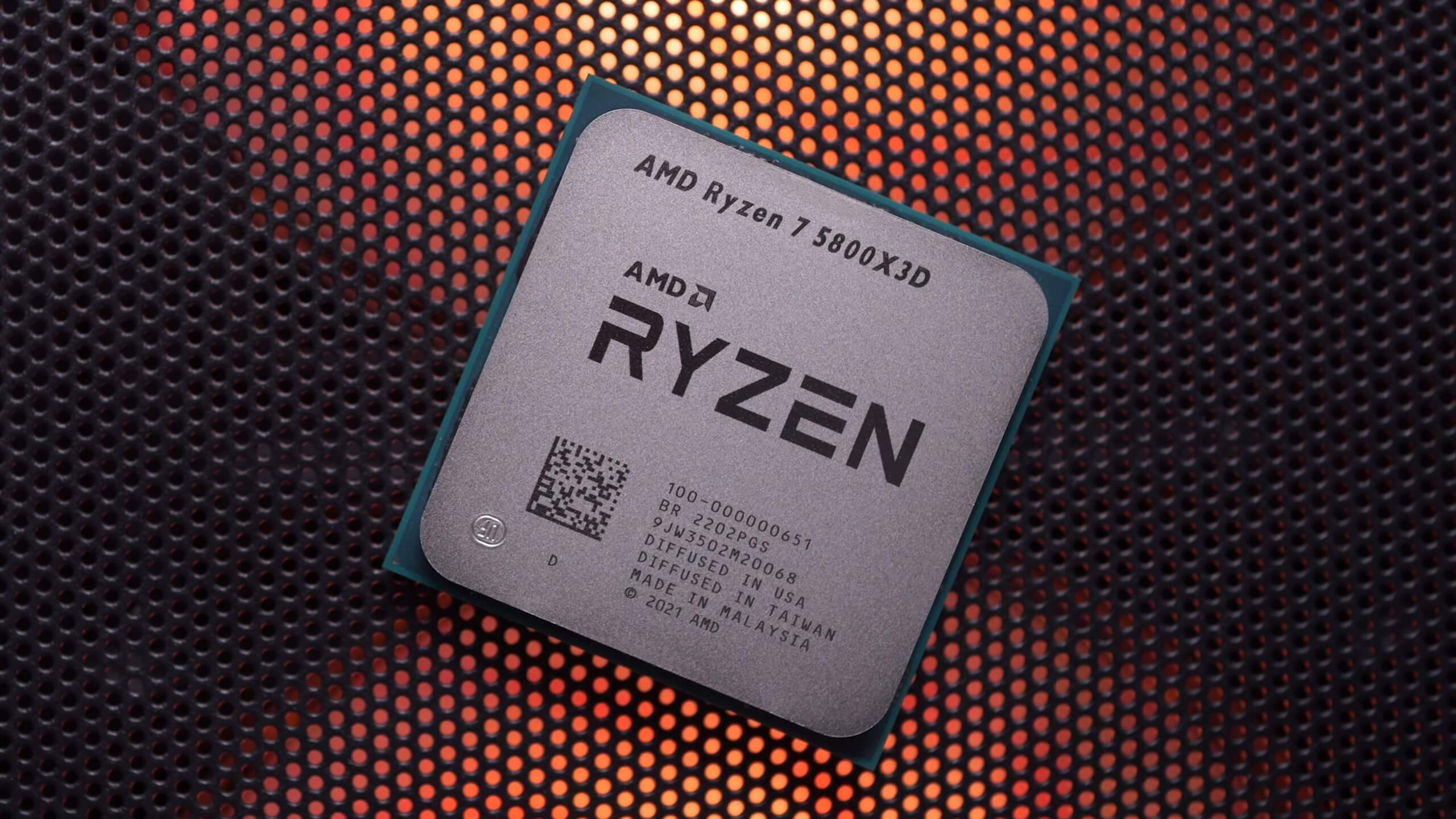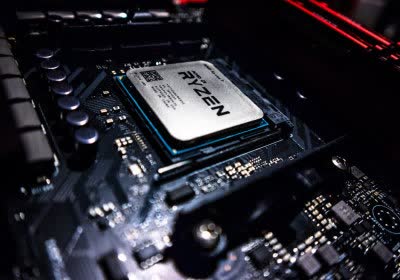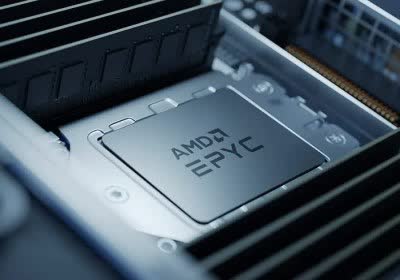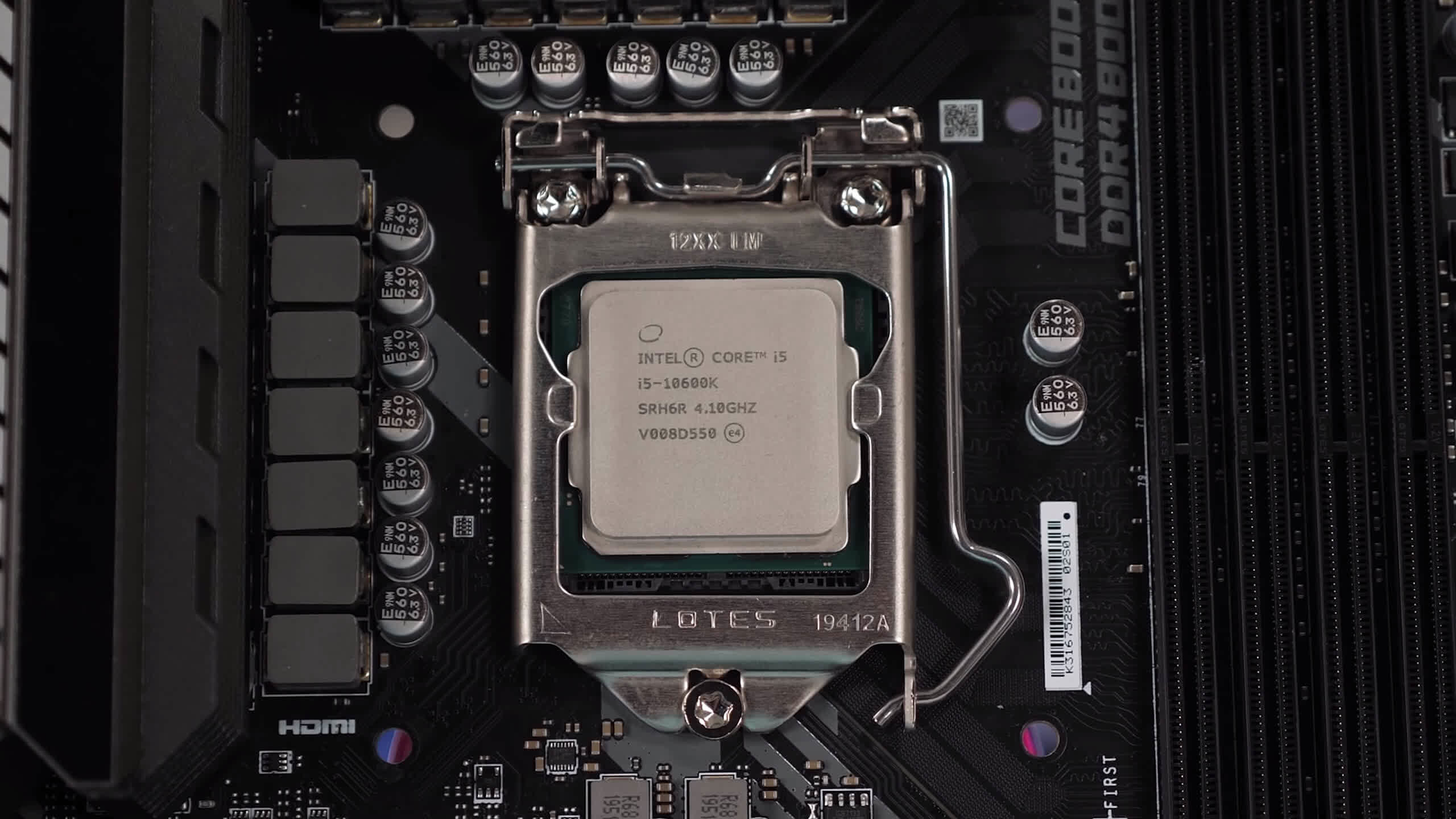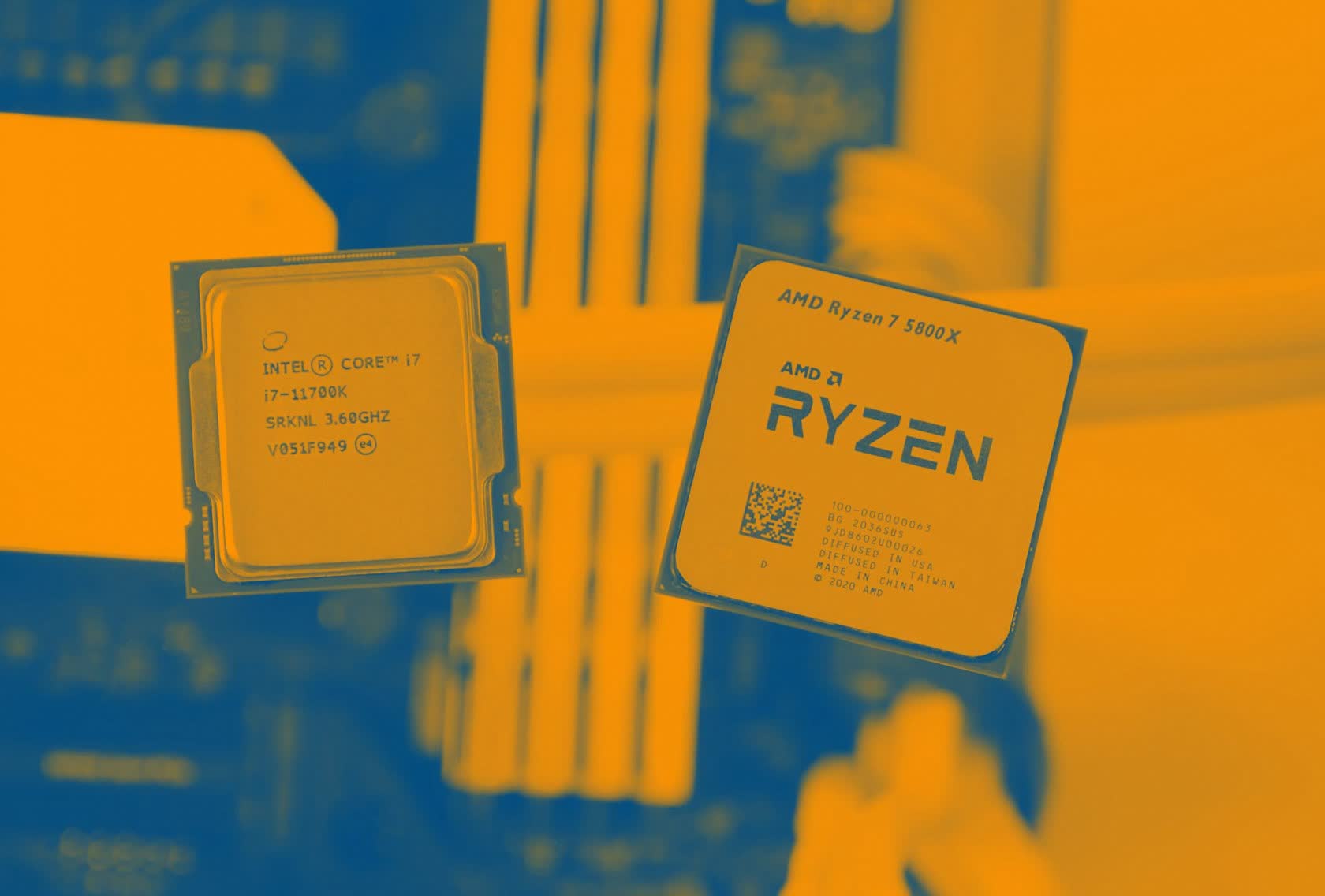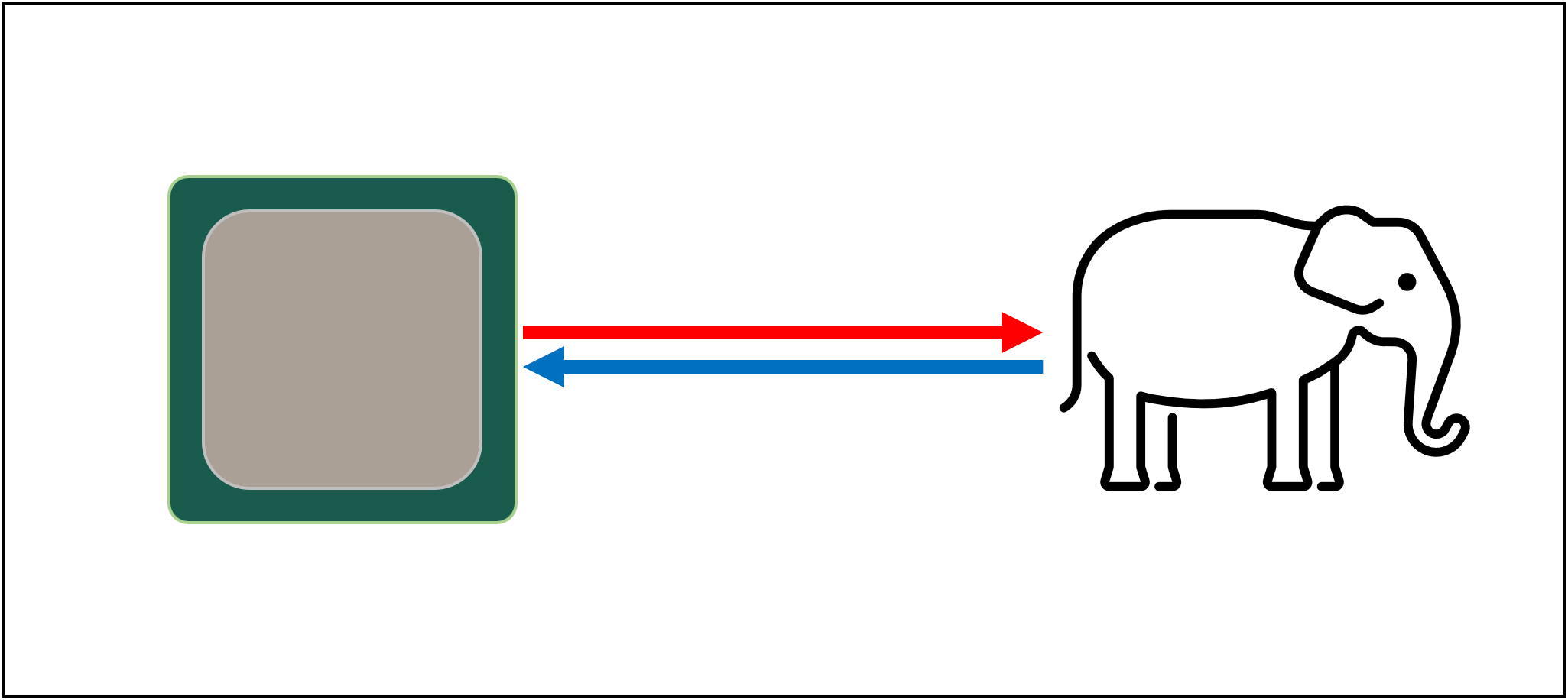Ryzen 7 5800X3D vs. Ryzen 7 5800X: Zen 3 Gaming Shootout
On the menu today is another 40 game benchmark – actually 41. This time it's the 5800X3D against its spiritual predecessor, the 5800X, to see where that massive L3 cache can help out.
AMD Ryzen 7 5800X3D Review: Gaming-First CPU
Making CPU cores faster rather than adding more cores is the best way to boost PC gaming performance. That's why AMD has supercharged their 8-core, 16-thread CPU to create the Ryzen 7 5800X3D with 3D V-cache.
More Ryzen 7 5800X3D benchmarks surface as the Ryzen 9 5900X drops to lowest ever price
AMD Ryzen 7 5800X3D outperforms Intel Core i9-12900KS by 16% in early gaming benchmarks
AMD's Robert Hallock confirms Ryzen 7 5800X3D overclocking limitations
AMD's upcoming 3D V-Cache shown to improve bandwidth with minimal latency increase
You can now download AMD's fix for Windows 11 performance, Microsoft's fix is also available
Making a Fast Quad-Core Gaming CPU
How much difference can L3 cache make with just 4 CPU cores active? We've gone back to test a variety of CPUs checking for frequency, number of cores and L3 cache to draw some conclusions.
How CPU Cores & Cache Impact Gaming Performance
At some point you may have heard someone say that for gaming you need X amount of cores. Examples include "6 is more than enough cores," or "you need a minimum of 8 cores for gaming," let's address that misconception.
Explainer: L1 vs. L2 vs. L3 Cache
Every single CPU found in any computer, from a cheap laptop to a million-dollar server, will have something called cache. It must be important, otherwise why would it be there? But what does cache do?
Researchers disclose new CacheOut attack that targets Intel processors
Google Chrome is getting a new cache that will massively speed up mobile browsing
Crucial Adrenaline Review: SSD Cache for your Traditional Disk Drive
Last January, Crucial announced the Adrenaline SSD series. Not meant to replace their existing and well regarded m4 drives, the Adrenaline is a cache solution meant to work along your existing disk drive, using a 50GB SSD to act as solid state flash-based cache for your larger primary hard drive.
The Adrenaline doesn't require any special drivers as it uses the SATA interface, it can be installed at any point and can therefore be fitted to any computer without the need to reinstall Windows.
